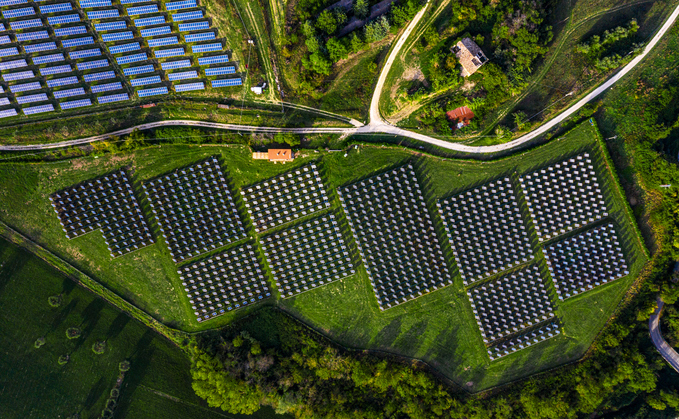
Research estimates investing in grid upgrades to prepare for influx of renewable energy capacity would in many cases be cheaper than failing to take action at all
Upgrading power grids worldwide to support the vast amounts of additional green electricity capacity needed to avert the climate crisis could shave $3tr off the costs of the clean energy transition by 2040, new ‘first-of-its-kind' analysis published today contends.
Based on analysis of 163 countries encompassing 99 per cent of the global population, climate analytics non-profit TransitionZero estimated an additional $1.7tr investment in transmission infrastructure may be needed between now and 2040.
However, by delivering on the urgent need to modernise grids in preparation for a huge ramp-up in intermittent, diverse renewable energy sources and technologies to drive the net zero transition, the research argues there are also huge savings and fresh economic opportunities to be grasped.
It follows the International Energy Agency's (IEA) estimate earlier this year that as much as 1.5 terawatts (TW) of additional electricity transmission cables and grid upgrades may be needed over the next two decades to support the shift to affordable, net zero power systems worldwide.
Delivering that level of new power grid upgrades and clean energy infrastructure would not only save countries collectively £3tr on the capital costs of the net zero transition, but would also enable many countries to become clean power exporters that could rake in further economic benefits, it contends.
Moreover, it argues that the cost of investing in preparing power grids for the huge expected growth in clean energy capacity would in most countries also be far cheaper than a business as usual scenario in which transmission capacity is not expanded beyond today's levels.
TransitionZero said it had calculated the savings based on the difference in costs between building a global net zero power system by optimally expanding transmission and interconnectors, versus putting constraints on transmission and interconnector deployment.
Matthew Gray, CEO and co-founder at TransitionZero, described modernisation of power grids was a "blind spot of the net zero transition", but that it offered huge opportunities for both developed and developing nations worldwide.
"Too often legacy ‘black-boxed' data has detached energy models from what's happening on the ground, preventing the grid build-out from keeping pace with the influx of renewables," he explained.
"Our main enemy is time - there's no time for missteps. For climate targets to be met, the effective build-out of transmission infrastructure, underpinned by open data is critical. Moreover, governments need to grasp that a decision not to invest in the grid, is a decision to build more expensive capacity, such as nuclear and biomass."
The analysis estimates Europe alone, which its describes as "the world's largest interconnected grid", requires $71bn investment over the next 20 years to build an additional 74GW of transmission and interconnector capacity, but that this would deliver savings of $350bn for the continents net zero transition.
Similarly, it estimates the US needs a further 289GW of transmission and interconnector capacity by 2040 - double its current capacity - and that this could save the country $1.9tr.
China, meanwhile, still requires a further 500GW of transmission and interconnector capacity by 2040, which the analysis estimates could save the world's biggest greenhouse gas emitter $557bn in its drive to reach net zero.
The findings are set to be officially launched alongside a new open-source tool on which they are based - dubbed the Future Energy Outlook - for planning and financing the clean energy transition worldwide at the upcoming COP28 UN Climate Summit in Dubai.
At the Summit, which kicks off at the end of November, more than 60 countries and regions including the US and EU are expected to push for the world to agree to a collective target to triple renewable energy capacity globally to reach 11TW by 2030.
In order to deliver on that huge increase in renewables capacity, however, global power grids also urgently need upgrading with new transmission cables, energy storage, demand side response, and interconnector cables.
"Grid infrastructure is a critical enabler for more efficient deployment of variable renewable energy, such as wind and solar," the research states. "Transmission allows for the best placement of wind and solar resources and reduces the amount of generation and storage required."